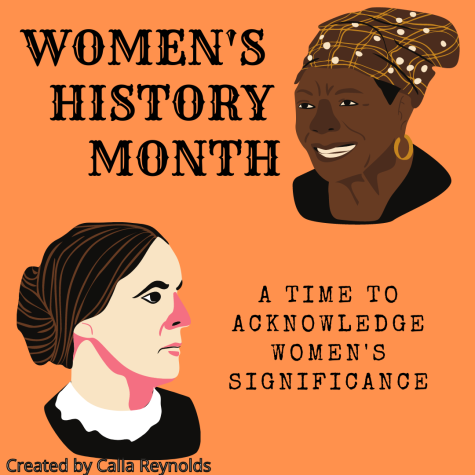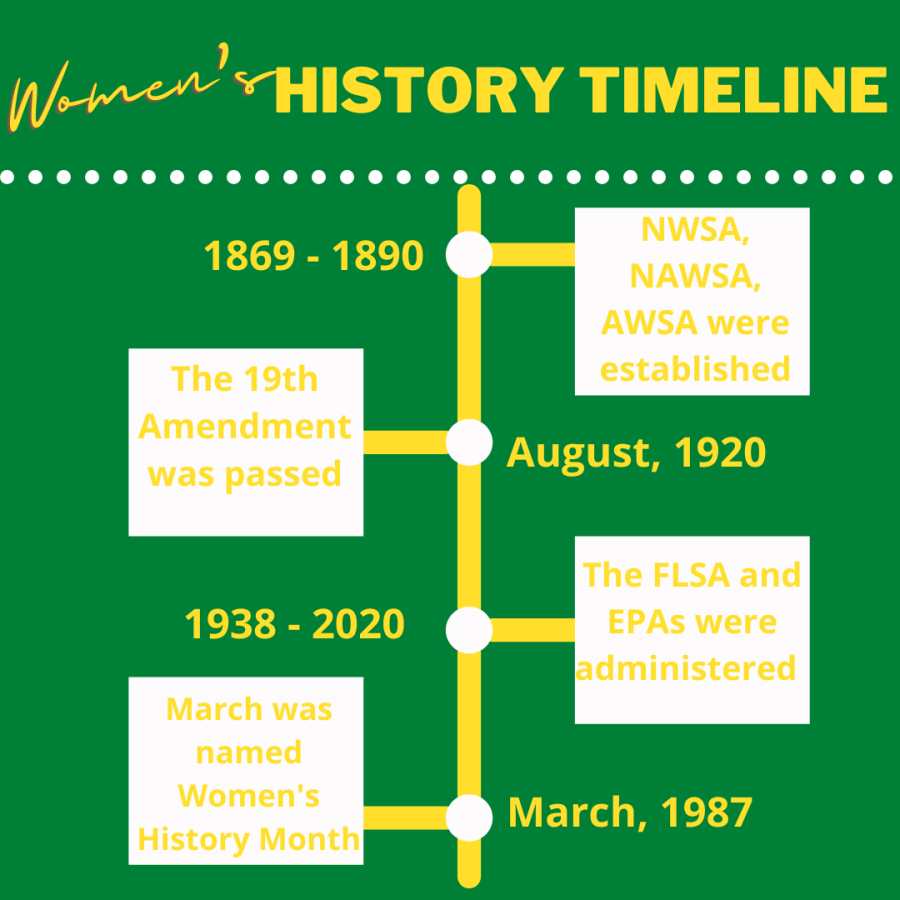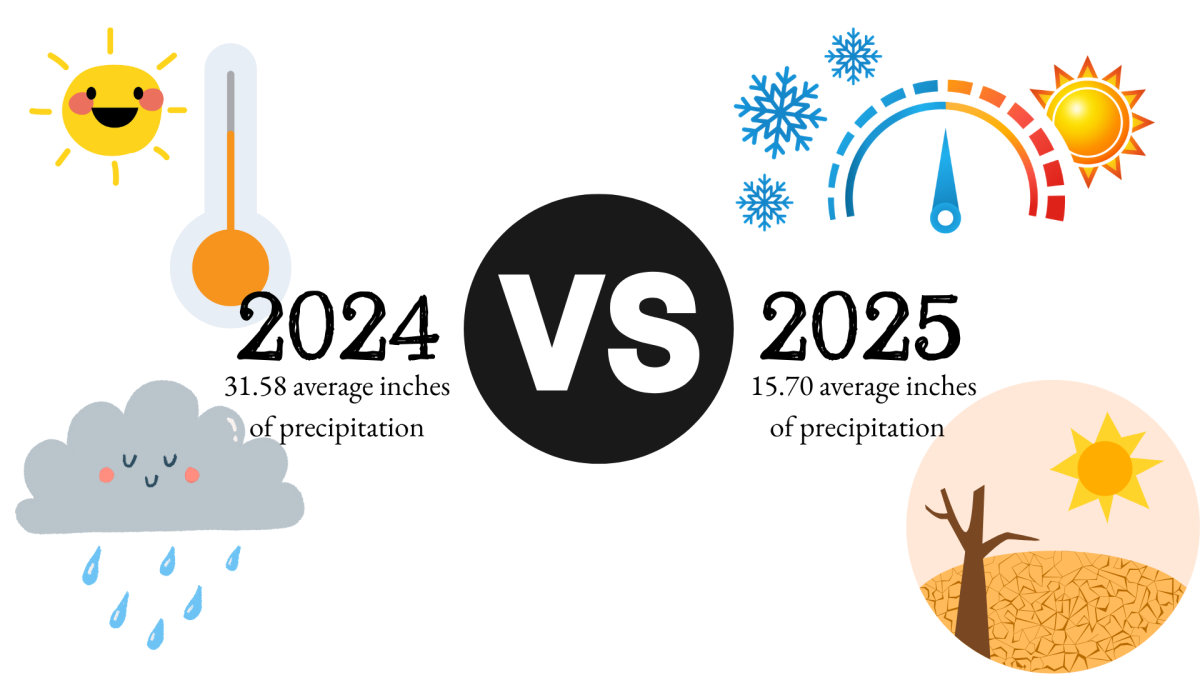Long-lasting women’s rights movements continue to evolve
March 21, 2022
Congress passed Public Law 100-9 in the year 1987, which named the month of March as Women’s History Month. This was a decision endorsed by President Carter, and was petitioned by the National Women’s History Project five years prior.
Ongoing feminist movements from the late 1800s greatly influenced the future of women’s rights. Bringing attention to these movements, as well as the continuous progress towards equality, is important to recognizing the significance of women’s history.
Beginning in the 1860s, over a century before Public Law 100-9 was passed, women began to prioritize their fight for a voice. Three groups, National American Woman Suffrage Association (NAWSA), National Woman Suffrage Association (NWSA), and the American Woman Suffrage Association (AWSA), were established by upper and middle class women to advocate for women’s right to vote.
Groups such as these argued that giving women the right to vote counterbalanced the voice of immigrants, which would create a moral-based society. Even though immgration was considered a major issue, this stance was turned down. Approximately 60 years after these movements gained momentum, the senate passed the 19th Amendment. This law, in simple terms, stated that no person should be denied the right to vote on account of sex assigned at birth. President Warren Harding, elected in 1921, won the first election in which women were allowed to vote.
Women’s rights and suffrage awareness movements continued to press on for further liberties, such as fair labor standards. As part of the Fair Labor Standards Act of 1938 (FLSA), the Equal Pay Act (EPA) was administered to curb sex-based discrimination in all workplaces. Efforts to prevent the sex-based wage gap spiraled since the end of the Second World War. As an amendment to the FLSA, the EPA was reintroduced in 1945. The amendment was rejected, but it made a comeback as the EPA of 1963.
Signed by President John Kennedy, the EPA of 1963 outlawed employers from providing unjust benefits and wages for the same expectations in the same working conditions. The law states that there are instances where unequal pay is enabled, referring to factors that do not have relation to sex, such as merit and quantity of production.
The Equal Pay Act has made multiple reappearances since 1963, including the year 1970. Modern day civil rights movements have adopted the EPA as part of what they protested for. In 2020, a bill titled the Equality Act demanded the prohibition of discriminatory employment and behaviors, not limited to nor excluding those against a certain sex. President Joe Biden, in his first State of the Union Address, urged congress to pass the Equality Act. The long, unceasing equality movements are still in effect to this day.














![Lucia Haney [Editor in Chief] working hard to ensure Ink and Imagination is a success.](https://bulldogbarker.com/wp-content/uploads/2025/05/Ink-and-Imagination-1200x800.jpg)
